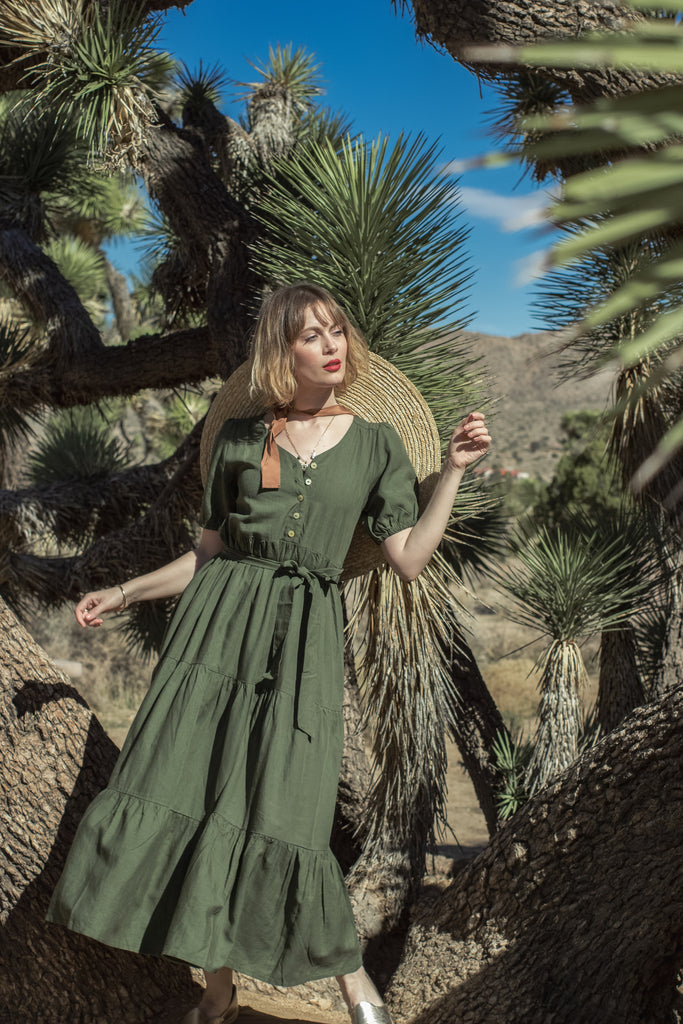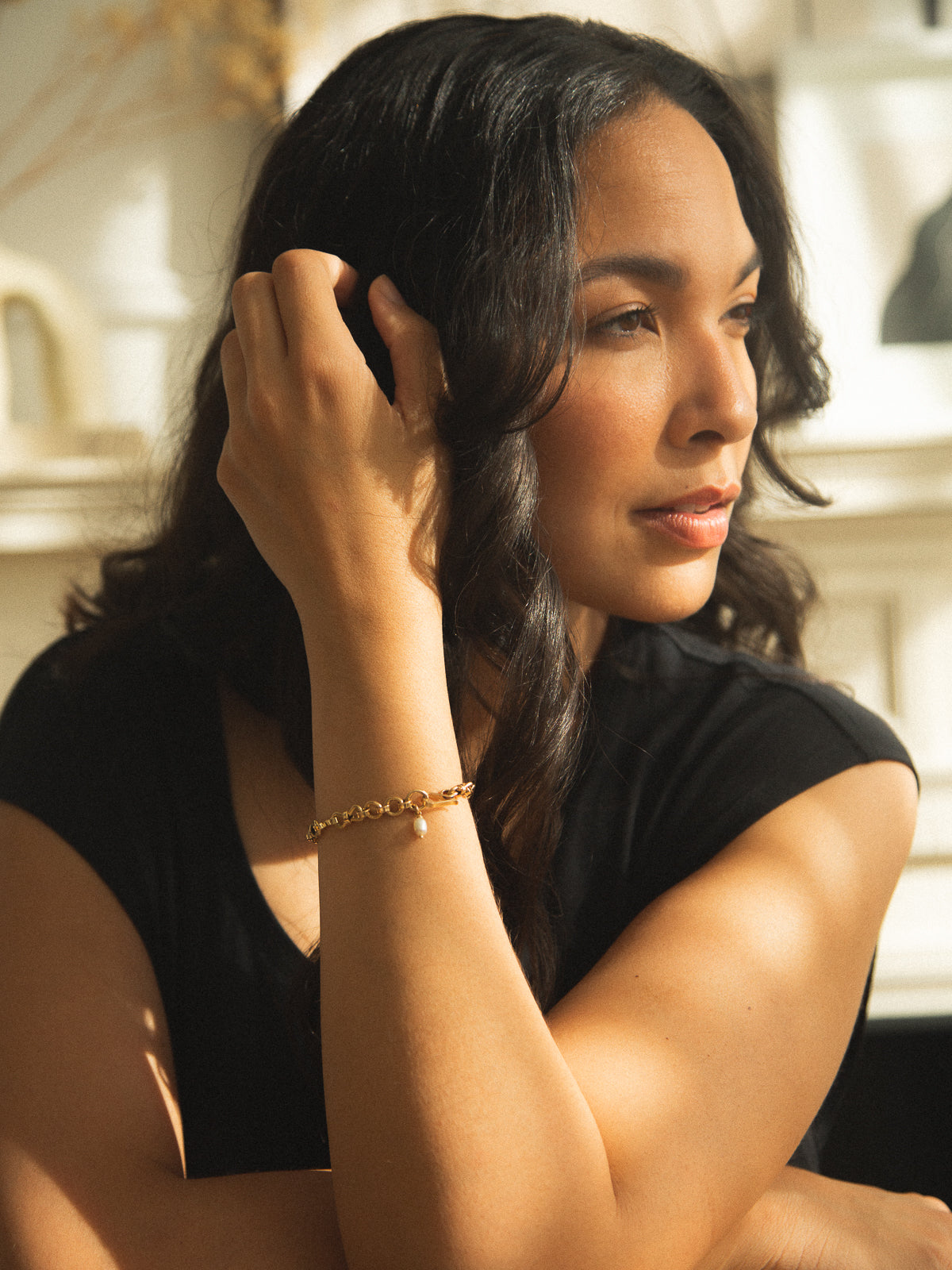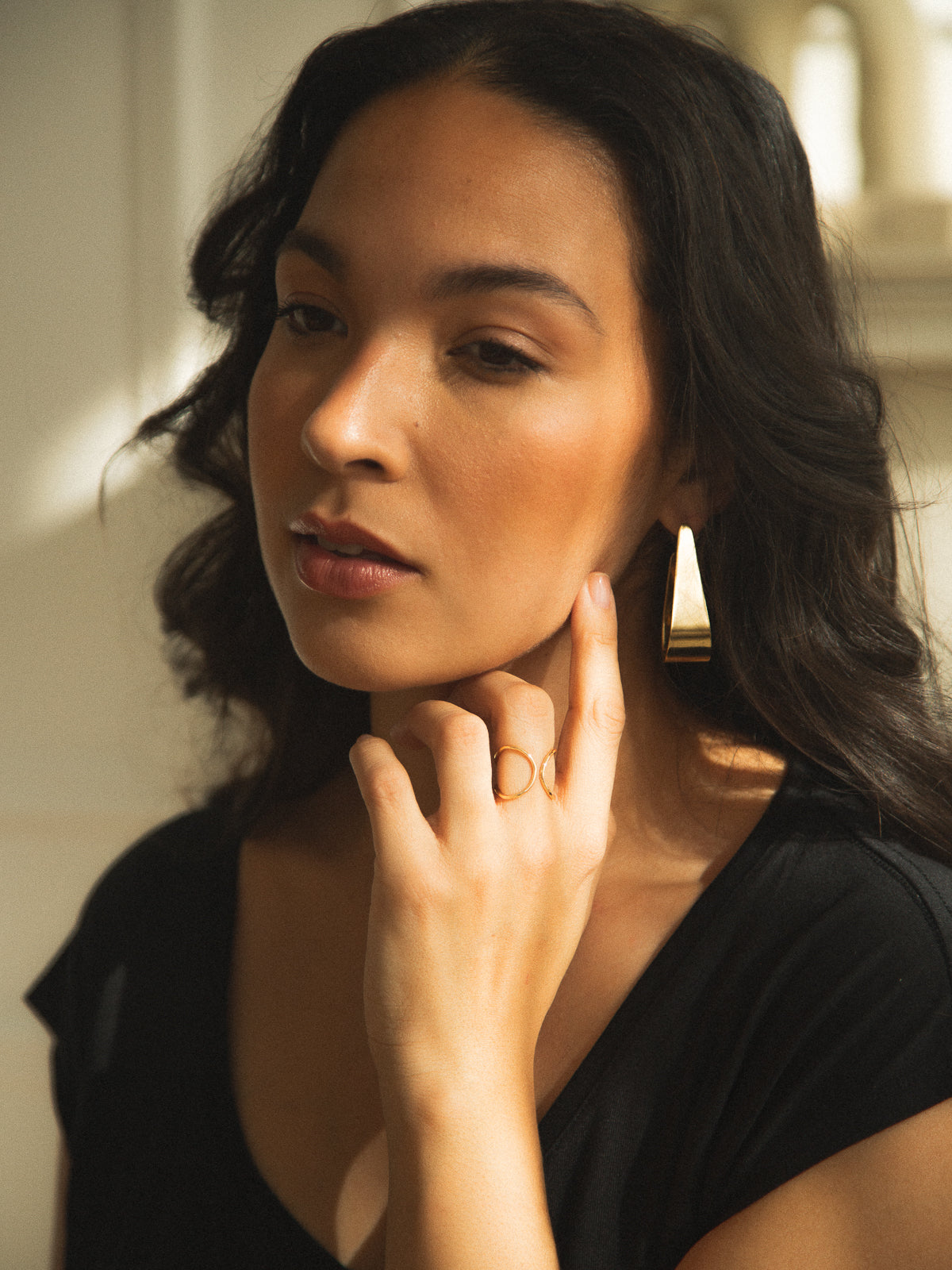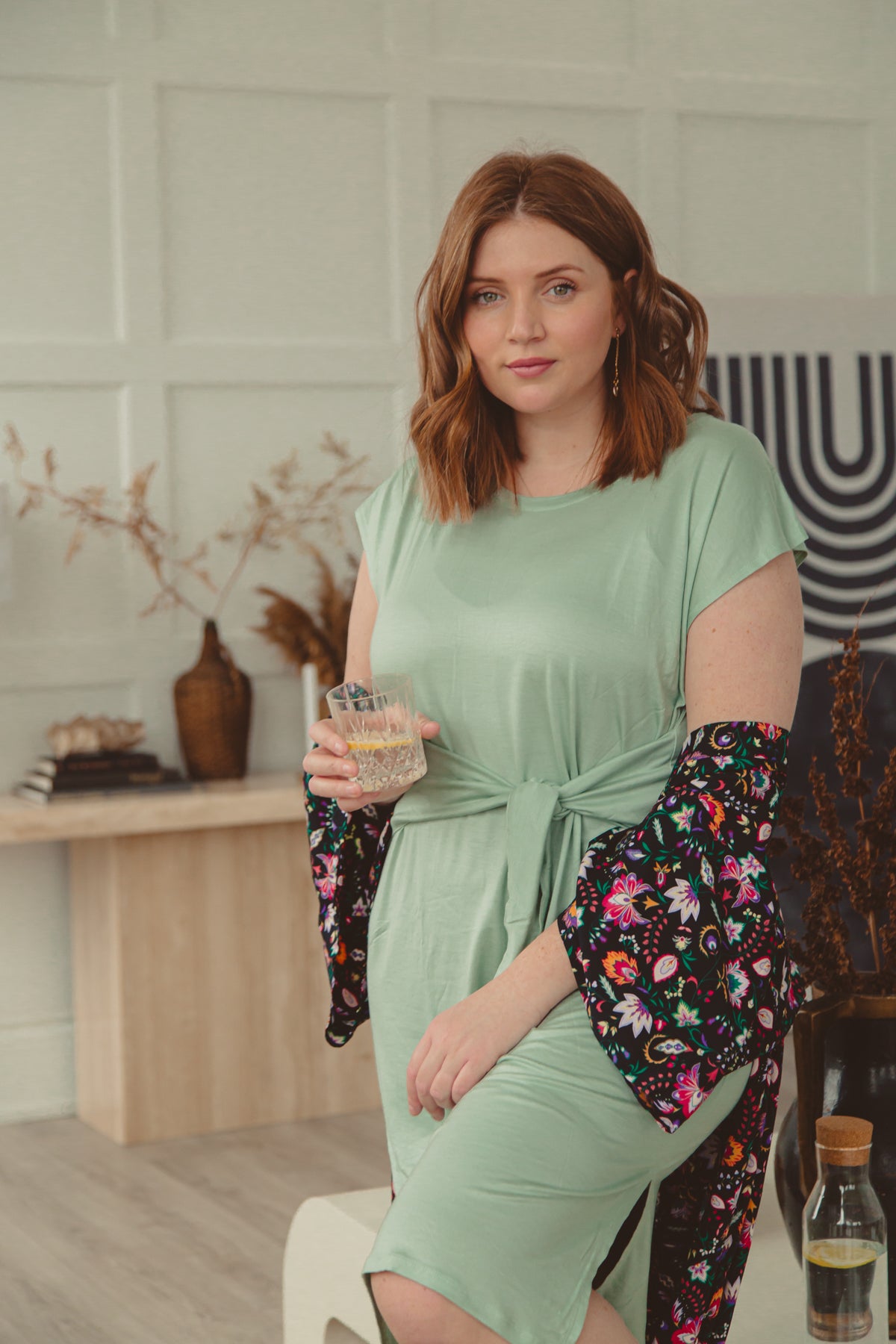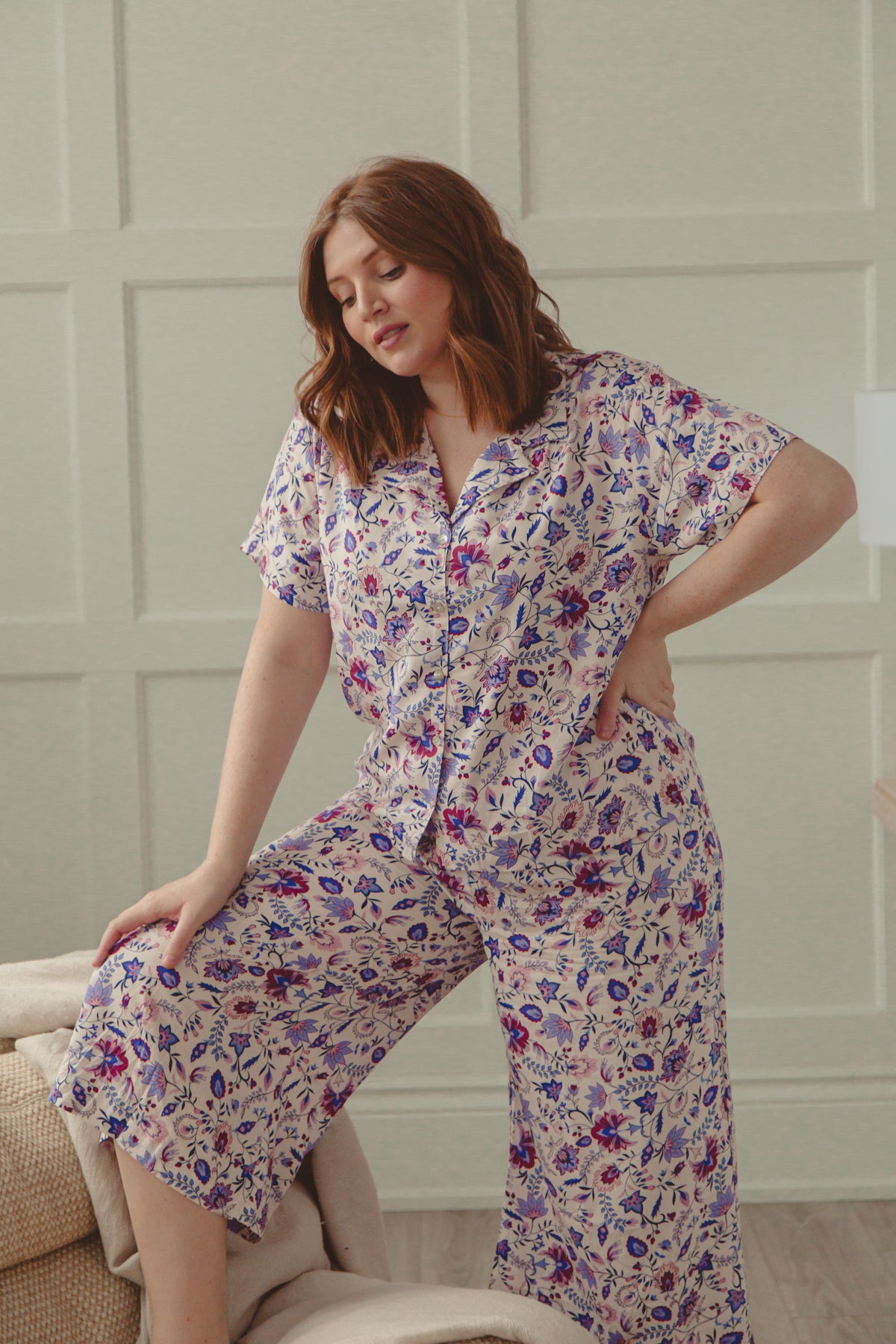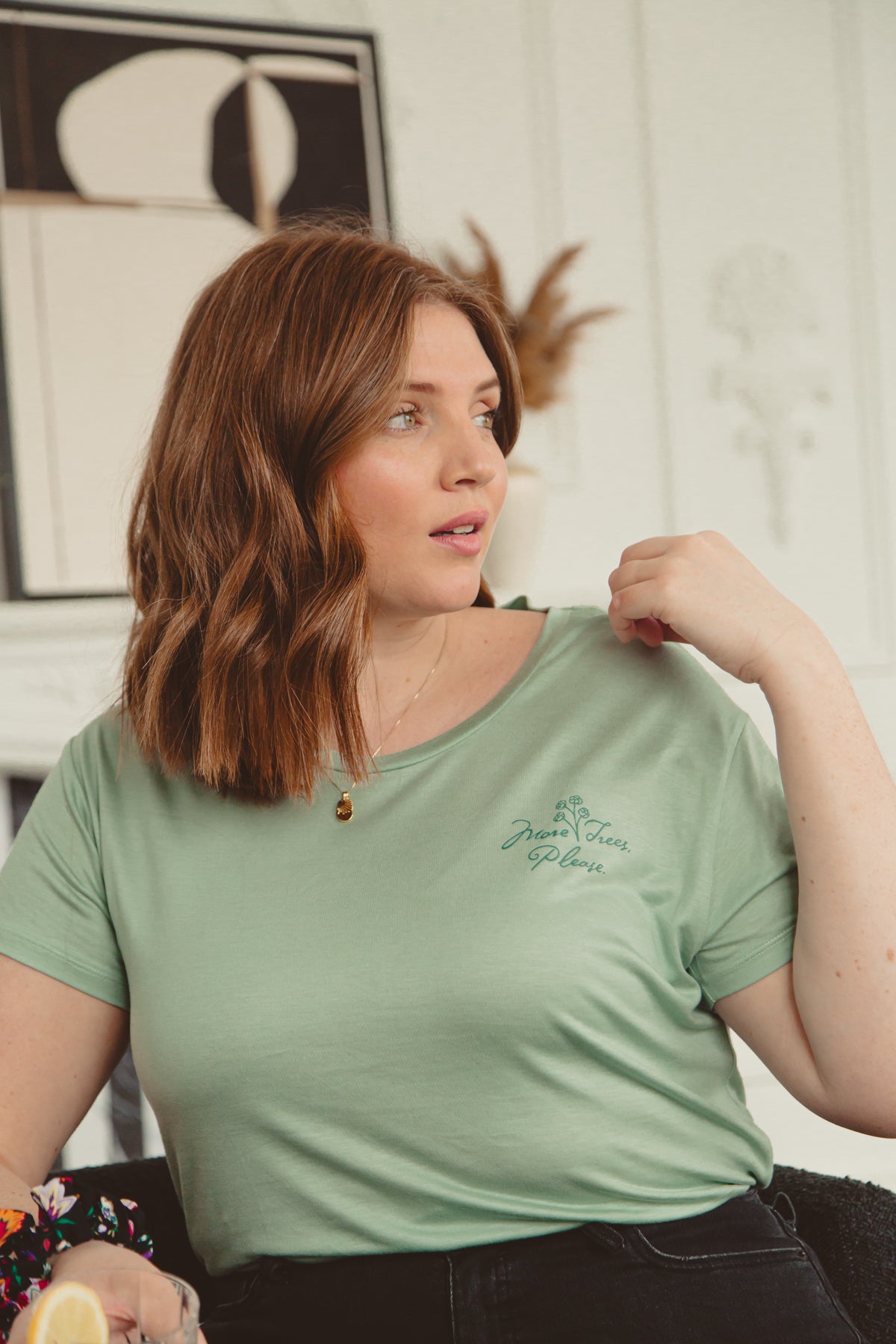Last month our TAMGA team travelled to Barcelona, Spain to visit our sweet head-designer Anna in her hometown. Between a TAMGA campaign photoshoot (our newest collection is launching soon!), sight-seeing the coast of Costa Brava and late-night Tapas dinners, we snapped some photos of Anna in her favourite Desert Calling styles - the Haley dress and Myra midi dress. We interviewed her over coffee so scroll down to read the full feature and mini shoot featuring our gorgeous TAMGA babe, Anna.

Anna, tell us a little bit about yourself!
Hi, I'm Anna, I'm from a little city just north of Barcelona. I feel very lucky as I got to grow up by both the sea and the mountains. I studied fashion design in Barcelona, and I have a Master's in fashion from Florence. I grew up surrounded by the fashion industry as my hometown used to be one of the main fabric producers in Spain, and my family had a fashion company. I am the Head Designer at TAMGA designs and I design all the collections and help our print designer Suzi with the prints. I also work closely with our factories to create all the prototypes and supervise production.
Why did you decide to study and pursue a career in fashion?
As I mentioned I was always surrounded by the fashion industry, and as a child, I was very creative! You would always find me drawing, painting or working on an art project. As I grew older, I got to play around with fabrics from my family’s garment factory and learn more about the industry. Becoming a fashion designer was an obvious choice for me - it is the perfect blend of creativity and creation.
How has living and working in Bangladesh influenced your decision to move into the sustainable fashion space?
The main reason I moved to Dhaka was to learn every aspect of the fashion business - from the operation of factories to the machinery required. The more I watched and learned, the more I realized how unethical the fashion industry is. I got tired and frustrated and tried to change things while working for massive brands - my voice never mattered until I met Yana (TAMGA's co-founder). Then and there I knew I had an opportunity to be part of something bigger that can make a positive impact on the industry.
I also moved to Bangladesh a few months before the Rana Plaza collapsed and I was devastated! I had worked in many countries and saw firsthand the horrible conditions factories operate under before this catastrophe. Sadly, it takes something as tragic as this to happen to confirm what I already knew. We all saw the consequences and I knew that I could not keep being part of an industry that doesn't care to protect its workers, their place of work or the environment.
What is your favourite part about being a designer at TAMGA?
That's a tough question - can I say the people I work with!? I love my job so much - it is so different from any of my previous positions where I was constantly stressed about timelines and production prices. At TAMGA, I have more freedom to create styles that mean something, and I love working closely with our factories to make sure the patterns and styles are perfect.
I also love that I can work from home, a coffee shop or anywhere in the world really - the nomad life is part of TAMGA's DNA, and I am so lucky that I get to design wherever life takes me.
What does 'sustainability’ mean to you?
To me, sustainability goes beyond selecting our eco-friendly fabrics and dyes and having responsible production processes. Sustainability is part of everything we do at TAMGA. From developing styles that have minimal off-cuts, to creating accessories that are zero-waste and measuring the environmental impact of every TAMGA garment produced.
On a personal level, sustainability also means that every decision I make will have an impact on the planet - so it's important to be conscious of our everyday choices and be mindful of our planet.
How do you design for different body types and sizes?
Each time I begin a fashion sketch I try to envision all the different ways a style can aesthetically appear on different body types. I keep in mind how we can include elasticized bands and smocks to make it more fit-friendly, and how to create a flattering silhouette that's not uncomfortably tight or too loose. To ensure a perfect fit, we create 'samples' in our styles in 2 sizes - a Small and a Large/Extra Large. Once we have these samples we will try them on different body types and revise them so that the fit is perfect across all sizes! it's a lot of trial and error but this step is super important.
How do you want women to feel when wearing the clothes, you design?
Free, confident, beautiful, comfortable and themselves. Whenever a woman gets dressed in the morning in her TAMGA piece, I want her to have a beaming smile as she sees herself in the mirror 😊 .
]]>






















































































